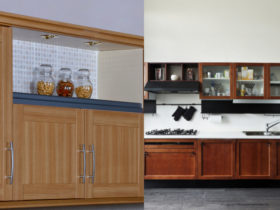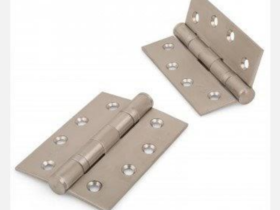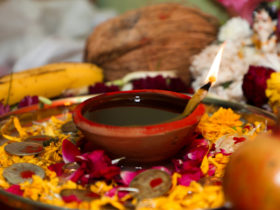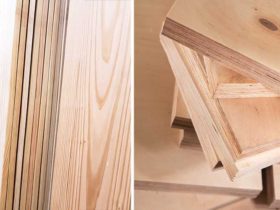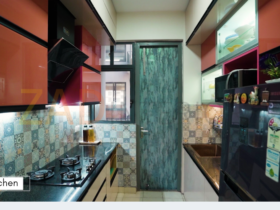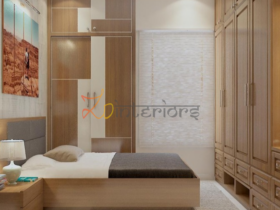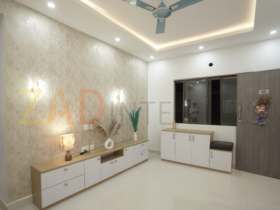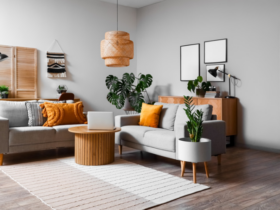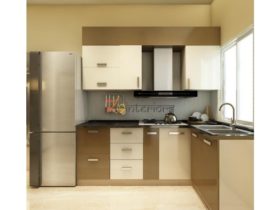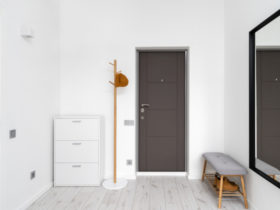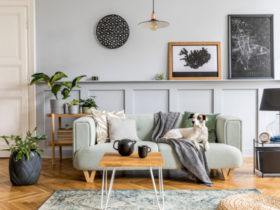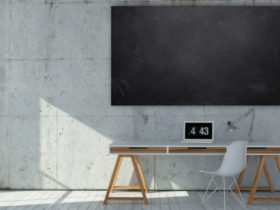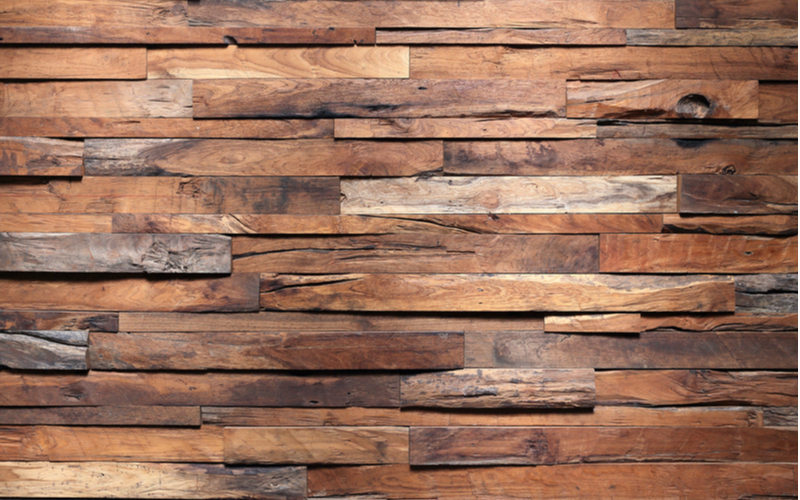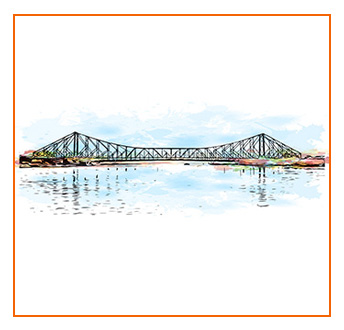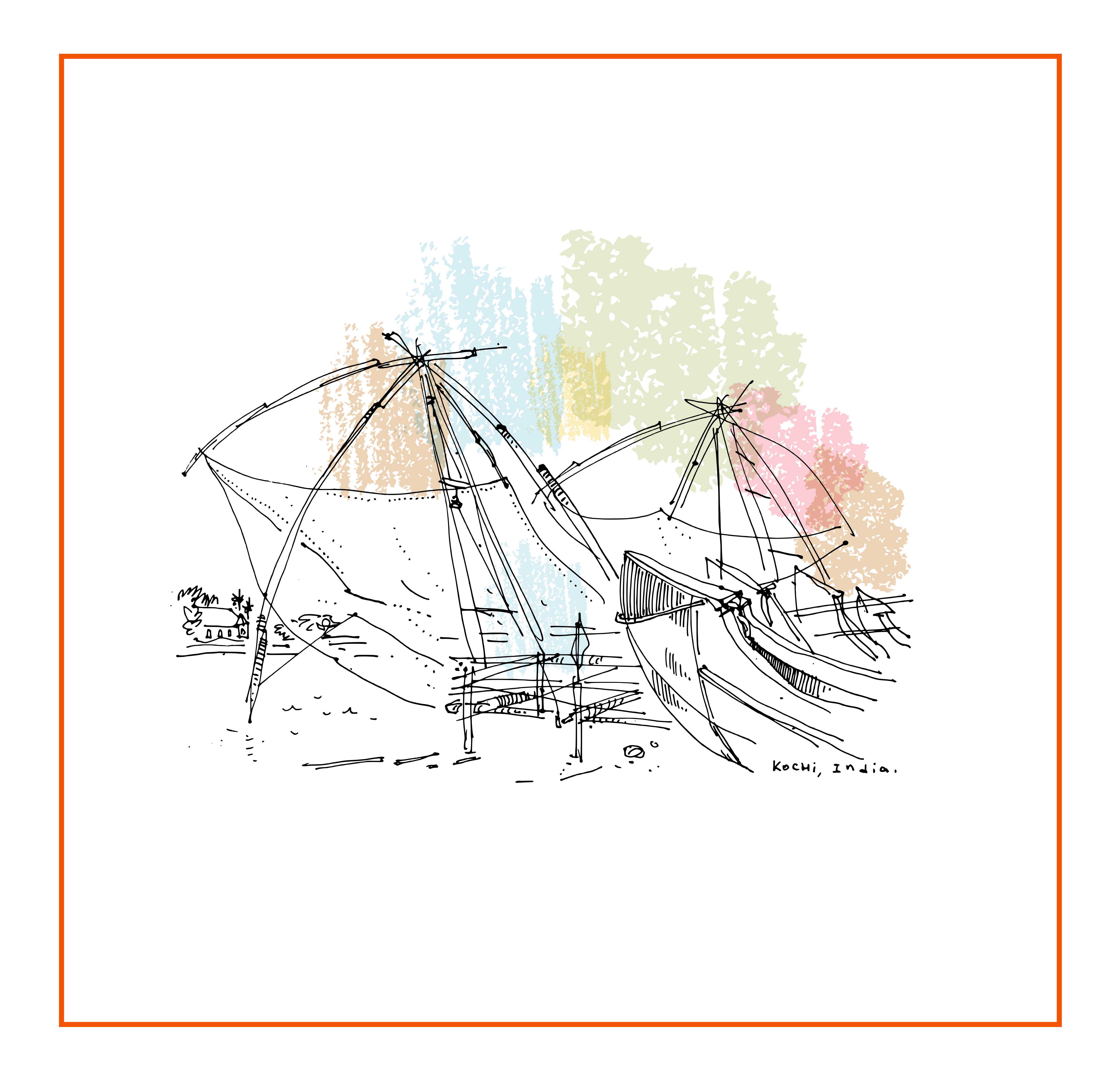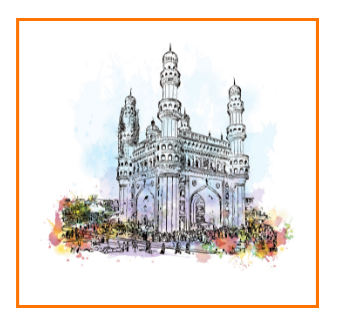Table of Contents
Materials For Wall Panels
Modern ideas are changing the way we do things and wall treatments are no exception. A trendy type of wall surfacing that has revolutionized the home improvement market by taking over the most conventional wall treatment methods like wallpapering, painting, and cladding with tiles is Wall Panelling. Apart from the apparent cost benefits, there are numberless reasons why this relatively recently appeared wall treatment idea is gaining considerable popularity among consumers and interior designers alike – it is easy to install, it is a healthier solution, it will stand the test of time, it offers enhanced aesthetics, it conceals uneven wall surfaces, it is easy to clean and maintain, and it’s REUSABLE. Another one major reason why people are turning to this type of wall treatment is the panels used here come in a variety of shades, textures, materials, shapes and sizes and grant virtually endless possibilities for décor.
So, this idea guide is here to help you understand which materials are good for wall panels by having a quick look at some of them.
The Materials to Make Wall Panels
The materials that are good for panelling a wall are:
- Natural wood
- Medium-density fiberboard
- Chipboard
- Fabric panels
- PVC Panels
- Gypsum boards
Let’s have a look at the pros and cons of each, so that choosing the ideal one for your space gets easy and simple.
Natural Wood

| Pros of Natural Wood | Cons of Natural Wood |
|---|---|
| You have a wide variety of woods to choose from: like oak, cedar, maple, alder, rosewood, teak, mahogany, ebony, etc. | Panels made out of natural wood are neither waterproof nor rot proof. |
| The panels made of natural wood can be easily painted, polished or stained to match the theme of the room or just to give a new look. | They are not fire-resistant. |
| These panels are easy to repair and replace. | They are vulnerable to termites, if not treated chemically. |
| Being available in different sizes and shapes, it offers a high degree of customization and allows for many design explorations with varied textures and patterns. | |
| It is environmentally friendly. | |
| The panels can be fixed directly on the wall surface or on the grid of a frame. | |
| Fixing and installation of wood panels are simple and easy. | |
| They offer good thermal and acoustic insulation. |
Medium-density fiberboard (MDF)
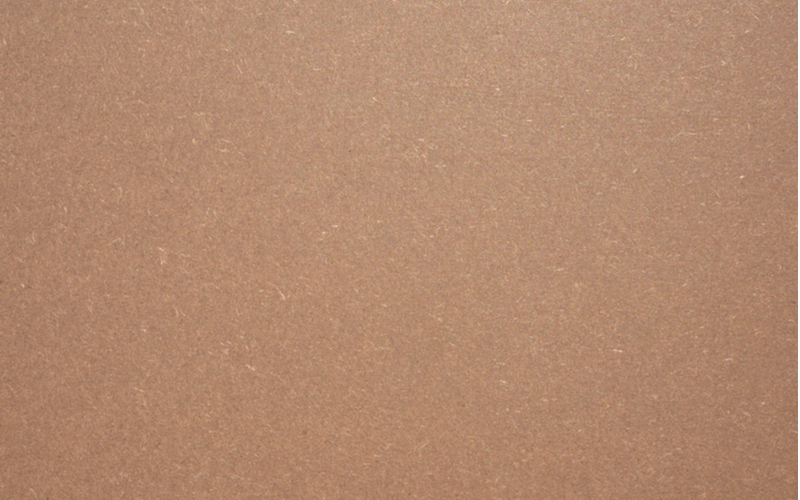
| Pros of MDF | Cons of MDF |
|---|---|
| It is made by breaking down hardwood or softwood residuals into fine particles and binding them together with resin under high pressure and heat. | It is neither water-resistant nor moisture resistant. |
| It takes paints and stains very well. | It can collapse under heavyweight. |
| It is budget-friendly. | Since MDF is made from fine particles, it does not hold nails and screws well. |
| Comes in varying thickness, textures and finishes. | Most often, it requires a thick plywood base. |
| It is easy to achieve 3D designs with MDF. | For the above reasons, the installation of MDF takes more time and effort. |
| It is environmentally friendly. |
Chipboard
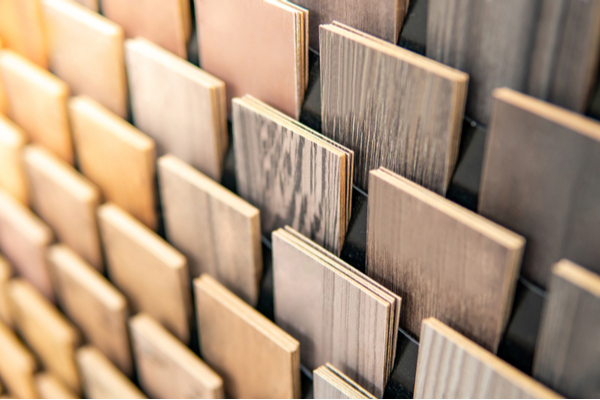
| Pros of Chipboard | Cons of Chipboard |
|---|---|
| It is made by hot pressing of wood chips and sawdust, with the help of an adhesive, to form a stiff board. | It is relatively less strong. |
| Comes in three versions: Normal, medium, and high density – each varying in thickness, cost and ease of work. | It is subject to temperature and humidity fluctuations, and therefore it serves satisfactorily only in dry areas. |
| It is relatively cheap. | |
| Since chipboards are available widely, they can be procured easily. |
Fabric Panels
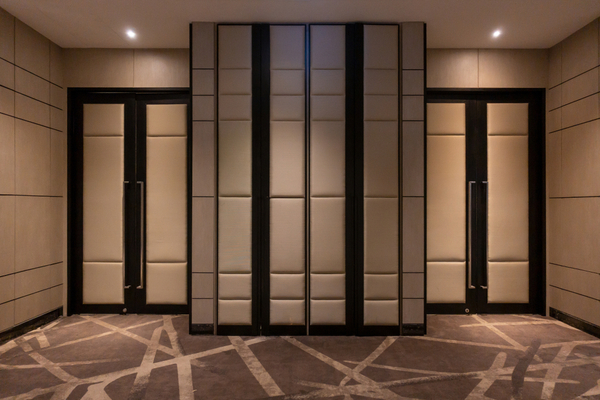
| Pros of Fabric Panels | Cons of Fabric Panels |
|---|---|
| It can take any material like natural or synthetic fabrics, polyester, jute, leather, velvet, etc. | Extreme care has to be taken to prevent scratches and tears on their panels. |
| These panels give a softer and smoother feel to the walls. | Cleaning and maintenance is difficult. |
| They offer good acoustic insulation and hence their preferred areas of use are theatres, auditorium, etc. | |
| Their installation is quick and fast. | |
| They are widely available and hence easy to procure. |
PVC Panels
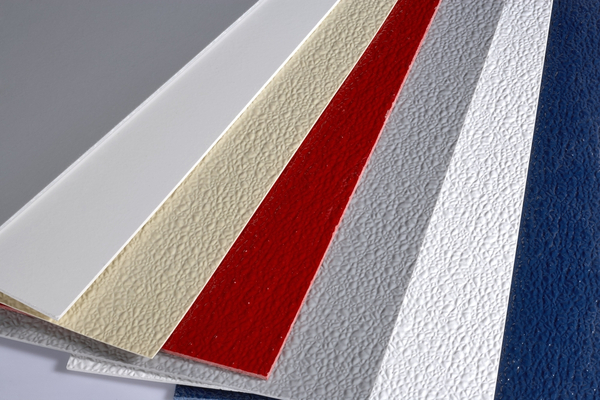
| Pros of PVC Panels | Cons of PVC Panels |
|---|---|
| These panels are waterproof and hence they are ideal for bathrooms and kitchens. | It is difficult to treat the scratches, if they happen. |
| Cleaning and maintenance is easy. | If handled roughly, it easily suffers damages. |
| These panels are durable and long-lasting. | |
| They are light in weight and have a smooth surface. | |
| They are easy to cut and work on. | |
| Installation is quick and easy. | |
| Since they do not attract dust, they are more suitable for rooms used by people who are allergic to dust. | |
| They are fire-resistant. | |
| These panels are soft, flexible and come in a multitude of colours and 3D patterns. | |
| They are economical and easily available. |
Gypsum Boards
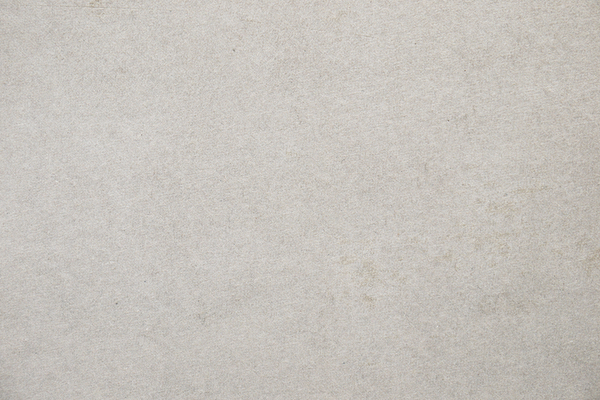
| Pros of Gypsum Boards | Cons of Gypsum Boards |
|---|---|
| These panels are high on strength. | They are subject to temperature and humidity fluctuations. |
| They are long-lasting. | |
| By taking numerous textures (even 3D textures), paint colours, size and shapes, it gives lots of room for customization. | |
| They are fire-resistant and hence ideal for office and commercial buildings. | |
| They also offer good acoustic insulation. | |
| Installation is quick and easy. | |
| They are inexpensive and readily available. |
Final Words
We hope this article has served you all the details about the materials used for wall panelling. Selecting a specific material highly depends on your requirements and budget.
So, which material are you paneling your walls with? Share in the comments below.

